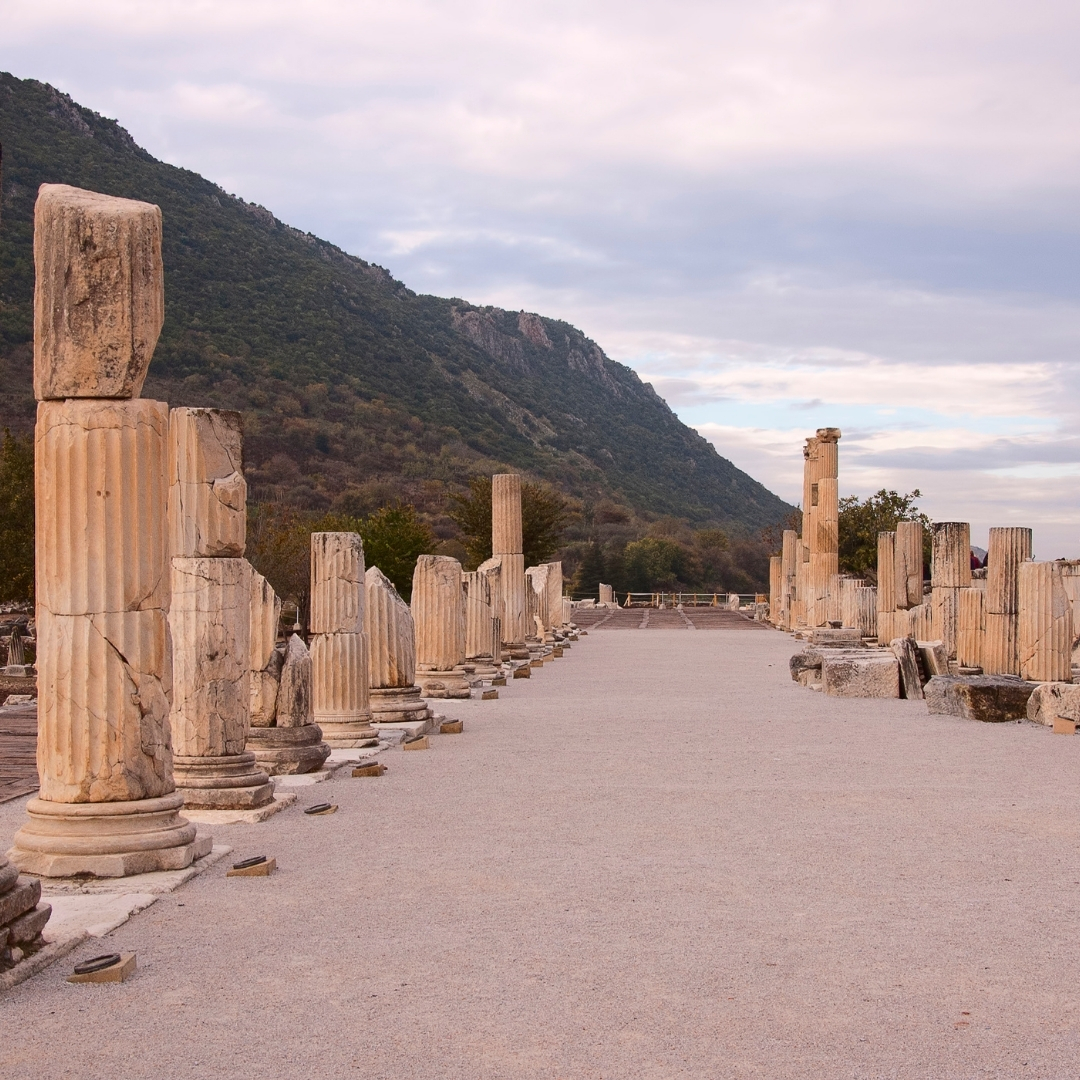
The persecution that arose following the martyrdom of Stephen is often considered the reason for John's relocation to Ephesus. Acts 8:1 mentions the scattering of the church throughout Judea and Samaria, though the apostles remained in Jerusalem. There is no definitive biblical proof that John moved to Ephesus during the 30s CE. A more plausible scenario is that, responding to Jesus' warning in Luke 21:20-21 to flee when Jerusalem was surrounded by Roman forces, John, along with a community of Palestinian Jewish believers, migrated to Ephesus after the Jewish revolt in 66 CE. After the martyrdom of both Peter and Paul under Nero in Rome, John naturally assumed a leadership role, shepherding Christians in Ephesus and surrounding areas. He ministered there for around thirty years, during which he authored Revelation, the Gospel, and three Epistles.
As the leader of the church in Asia, John faced persecution and was eventually exiled to Patmos (Rev. 1:9). During his exile, he received a vision concerning the spiritual state of seven Asian churches, as well as prophecies about the future of both the church and the world (1:10-11, 19). The sequence of the seven churches—Ephesus, Smyrna, Pergamum, Thyatira, Sardis, Philadelphia, and Laodicea—follows the natural route a messenger would take when visiting these cities. Many churches had been planted in Asia during Paul's ministry in Ephesus, and it is likely these seven churches symbolized a broader network of Christian communities in the region, such as Miletus, Troas, Assos, Cyzicus, Magnesia, Tralles, and Metropolis.
The book of Revelation was addressed to seven churches in the Roman province of Asia. W. M. Ramsay described the province as encompassing the western part of what is now Turkey, including regions such as Mysia, Lydia, Caria, and Phrygia, as well as the Dorian, Ionian, and Aeolian coast-cities, the Troad, and nearby islands like Lesbos, Chios, Samos, Patmos, and Cos ("Asia", Hastings Dictionary of the Bible, 1.171). Why these specific churches were chosen for Revelation is still a matter of debate. However, it's clear that the gospel had already spread widely throughout Asia, as evidenced by Paul's ministry in Ephesus, where "all the Jews and Greeks who lived in the province of Asia heard the word of the Lord" (Acts 19:10). This widespread diffusion of the gospel occurred two or four decades before the composition of Revelation (around 69 CE or 95 CE).
Cities such as Troas, Miletus, Colossae, Hierapolis, Tralles, and Magnesia were certainly established Christian centers in the first century. Richard Oster identified 37 Anatolian cities with early Christian communities, but these were not included among the seven churches in Revelation. Other possible locations for early Christian communities included Assos, Mitylene, Chios, Samos, Priene, and Cyzicus, though none of these are definitively linked to first-century Christianity.
Some scholars have suggested that Aphrodisias, a prominent city in Asia Minor, may have been an early Christian center. While there is no evidence of a first-century church there, later sources do mention Christian martyrs from Aphrodisias and suggest that the gospel likely reached the city early.
The order of the seven churches in Revelation is often interpreted as a postal circuit that a messenger would have followed. These cities served as primary communication hubs, spreading messages to other Christian communities in the surrounding areas. The messages in Revelation were not only meant for the designated churches but for a wider audience. The question remains: why were only seven churches selected, and why was Ephesus chosen as the first?
The Seven Churches of Asia Minor:
- Ephesus
- Smyrna
- Pergamum
- Thyatira
- Sardis
- Philadelphia
- Laodicea






